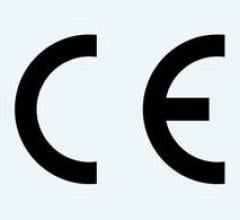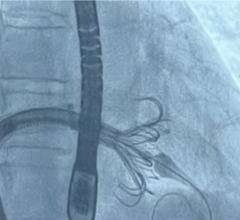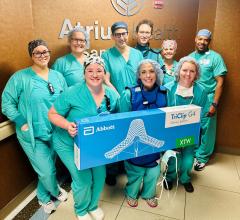
Philips received FDA clearance in December 2011 for its Heart Navigator TAVI planning and image guidance tool.
With the approval of the Sapien valve in November 2011, transcatheter aortic valve implantation (TAVI) technology is expected to revolutionize heart valve replacement with a minimally invasive procedure to replace open-heart surgery. However, it requires a good deal of planning, sizing and anatomical assessment of access routes using computed tomography (CT) scans with manipulation by advanced visualization software.
The success of this new procedure depends on correct patient selection and reliable pre-operative planning. In the conventional procedure, the necessary measurements are made during the actual surgery under direct visualization, but with TAVI, this can only be done pre-operatively with the aid of image data. A clear appreciation of the involved anatomy is crucial, and due to the fact that aortic anatomy is complex, 3-D visualization and measurement tools may enable more accurate and efficient pre- and post-intervention planning, which can be further enhanced with stereoscopic 3-D.
At the 2011 Radiological Society of North America (RSNA) annual meeting, TeraRecon and Qi Imaging (formerly Ziosoft) both unveiled TAVI planning and tool set software packages. The software helps automate manipulation of a CT dataset to quickly extract only the anatomy of interest and measurements, such as sizing of the aortic valve annulus and evaluation of clearance between the new valve and the right and left main coronary arteries. The software helps evaluate the aortic anatomy of patients to see if the route is clear for the larger delivery catheters required for the procedure. A heavily calcified aorta may disqualify a patient from the femoral access route.
Qi Imaging applied its super-computing, deformable registration software to its TAVI package, allowing lifelike motion of the cardiac cycle. This may offer a more accurate assessment of the motion of annulus for better valve sizing.
Philips Healthcare received FDA clearance in December for its HeartNavigator procedure planning and image guidance tool to help perform minimally invasive heart valve replacements. The technology merges pre-operatively acquired 3-D CT scans of the patient’s heart with the live interventional X-ray views. Using this technology, physicians can now simultaneously see the detailed 3-D anatomy of the patient’s heart together with the positioning of the catheter and the placement and deployment of the artificial valve.
TAVI has been available in Europe since March 2010. In August 2010, Siemens introduced its syngo Aortic ValveGuide in Europe to aid in TAVI procedures. It uses rotational angiography dataset images in the hybrid OR to help surgeons and interventional cardiologists navigate during transcatheter valve implantations. The software processes CT-like images of the heart from images acquired with the angiography system and creates 3-D overlay images on the live fluoroscopy. The software also finds the correct optimal C-arm angulation with a perpendicular view on the aortic root.



 March 31, 2025
March 31, 2025 








